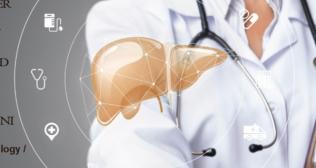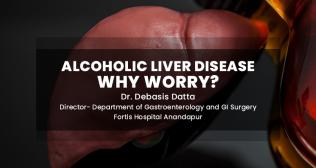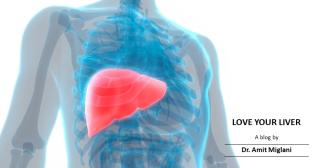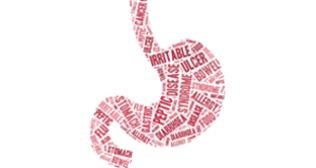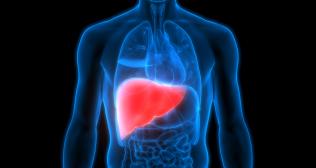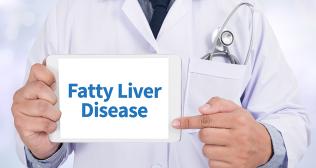
Breast leaking during pregnancy: what expecting mothers should know
During pregnancy, the breasts may begin to produce milk weeks before the baby is due. The most common cause of breast leaking during pregnancy is a liquid known as colostrum. Pregnancy-related breast leaks are extremely common. The initial milk produced by the breast to nourish the unborn child is known as colostrum. For an infant, colostrum is especially nourishing. It has a high protein content and a low fat and sugar content. Because it is packed with antibodies, it keeps the infant from getting sick.
What is colostrum?
Your body creates colostrum, a liquid that is high in protein and antibodies, for newborns. It is frequently referred to as foremilk due to the fact that it appears before fully developed breast milk. Because it is the ideal first food for your infant, it is commonly referred to as ‘liquid gold’. Some of its benefits involve:
- Provides ideal newborn nutrition
- Protects against infections
- Is easily digested
- Has a laxative effect that helps clear meconium from an infant’s gastrointestinal tract
- Helps establish a healthy gut microbiome
What does colostrum look like?
The liquid form of colostrum can be transparent, creamy white, yellow or even orange. Although it might be thin, it is often thick and occasionally slightly sticky. Mature breast milk is white or bluish-white in hue and has a creamier appearance. Around the third or fourth day following delivery, mature milk begins to flow in larger amounts.
When do mothers begin to produce milk?
As early as three or four months into their pregnancy, expectant mothers begin to produce modest amounts of colostrum. As the milk glands grow in size and quantity, the breasts start getting large. The milk duct system is fully established by the time you are in the second trimester, allowing you to produce milk for the baby even if it arrives early.
Lactation and breastfeeding
The act of making and releasing milk from breasts (mammary glands) is known as lactation. Many hormonal changes during pregnancy cause the mammary glands to start producing milk in preparation for the birth of your child. During pregnancy, using the same hormones, your body promotes lactation. Nursing, sometimes referred to as breastfeeding, is an act of feeding your baby directly from your breasts. Additionally, you can give your infant breast milk that has been pumped and stored in a bottle.
From where does human milk originate?
The mammary glands in the breast produce human milk. There are many components present in the glands that cooperate to create and exclude milk.
- Alveoli: These are little grape-shaped sacs that produce and store milk. A cluster of alveoli is called a lobule, and each lobule is connected to a lobe.
- Milk duct: Every lobe is connected to a milk duct. Milk is transported to the nipples through milk ducts from the alveolar lobules.
- Areola: The black region around the nipple is known as areola. It has delicate nerve connections that the body uses to determine when to release milk.
- Nipple: There are up to 20 small pores in the nipple that release milk. Nipple’s nerves react when the baby sucks, and the brain is signalled by this stimulation to release milk through milk ducts and from alveoli.
What sets off lactation?
The process of lactation is started by a sequence of hormonal processes that start during pregnancy. This process is called lactogenesis. It comprises the following three phases:
- Phase 1 lactogenesis: This phase lasts for a few days following delivery and starts around the 16th week of pregnancy. The milk ducts enlarge and multiply as a result of an increase in oestrogen and progesterone. During this phase, areolas get enlarged, and nipples get darker. The Montgomery glands, which are small bump-like structures on the areola, secrete oil that lubricates the nipple.
- Phase 2 lactogenesis: After giving birth to the baby, this phase begins. It’s the phase where the milk production increases. After delivery, the progesterone and oestrogen levels abruptly decline, which triggers the production of prolactin. Milk is produced by the hormone prolactin. During this phase, the breasts feel unpleasant, painful and heavy as being overly full of milk.
- Phase 3 lactogenesis: In this phase, lactation continues as long as milk is removed from the breast by feeding to the baby. The more milk is removed, the more milk your body makes to replace it. Frequent feeding to the child or pumping will cause your body to make more milk.
Hormones responsible for lactation
The hormone prolactin controls the amount of milk that is produced. The body starts to produce prolactin early in pregnancy. Initially, high levels of oestrogen, progesterone and other pregnancy hormones suppress prolactin. After delivery, the pregnancy hormones drop, and prolactin takes charge.
What causes breast leaking?
When the breasts are overflowing with milk, leakage happens. Women who produce an excessive amount of milk frequently leak. Alternatively, when the mother’s letdown reflex, which releases the milk, takes over, and many of them leak. The letdown reflex is being trained to react to your baby’s nursing feeling during the first few weeks of breastfeeding. Certain sensations and even ideas may cause a letdown until the reflex adapts to that stimulus. For instance, the response may be triggered, and leakage may occur just by hearing a baby scream, thinking about the baby, smelling your baby or sitting in the chair where you often breastfeed.
Why are my breasts leaking?
When your breasts are overflowing with milk, you may experience leakage. Women who produce an excessive amount of milk frequently leak. Alternatively, when your letdown reflex, which releases the milk, takes over, then you may experience leaking breast milk.
Your letdown reflex is trained to react to your baby’s nursing feeling during the first few weeks of breastfeeding. Certain sensations and even ideas may cause a letdown until your reflex adapts to those stimuli. For instance, your response may be triggered, and leakage may occur just by hearing a baby scream, thinking about your baby, smelling your baby or sitting in the chair where you often breastfeed.
This is how it operates:
Your body releases oxytocin in response to these stimuli. The breast’s milk-producing lobes contract in response to these hormones, causing milk to be expelled toward the nipple. If your infant is not nursing at the time, the milk can spray or spill. The breasts may leak or spray milk during intercourse because oxytocin also triggers the contractions that occur during an orgasm.
How do you deal with leaking breasts?
In the early days of breastfeeding, when the breast is leaking, make sure to nurse often before the breasts get full. If the baby is not ready to eat but the breasts are full, you can pump them for comfort. It is critical to release the pressure as failure to do so may result in a blocked breast duct, mastitis or a breast infection. Leaking breast milk at night can be hard as it hampers the quality of sleep. Here are some other ways to deal with breast leaking, especially at night:
- Apply pressure on the breasts so that it helps with breast leaking at night.
- Use nursing pads.
- Be always prepared.
- Try dresses for leaking breasts, especially when you are out.
- Save the extra milk by using breast pumps.
Conclusion
To conclude, leaking milk during pregnancy is very common. The most common times for leaks to occur are during the night. They are due to hormonal variations. They can be dealt with easily by following various methods and precautions which help to manage them.







